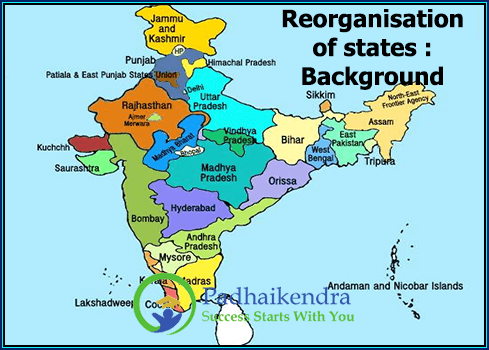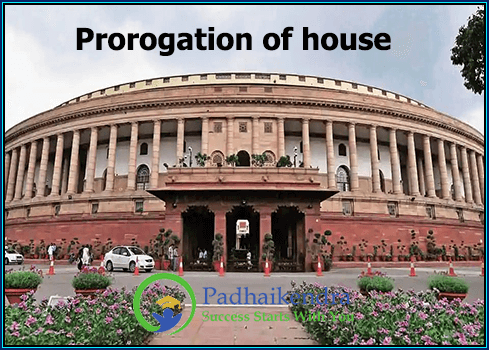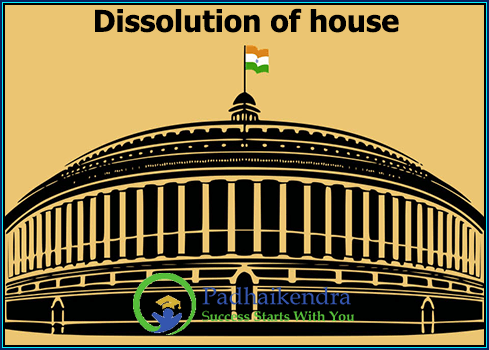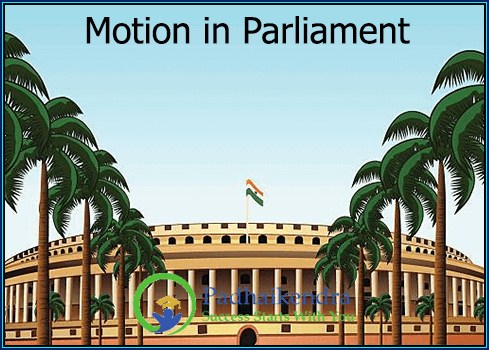The reorganisation of states in India is a process of redrawing the boundaries of Indian states to better reflect linguistic, cultural, and administrative factors. The reorganisation of states has been a significant feature of India’s political history, and it has its roots in the country’s colonial past.
During British colonial rule, India was divided into provinces, princely states, and territories. The provinces were governed directly by the British, while the princely states were governed by local rulers who were recognized by the British. After India gained independence in 1947, the Indian Constitution provided for a federal system of government in which the powers of governance were divided between the central government and the state governments.
The Indian Constitution recognized that India was a diverse country with many different languages, cultures, and traditions. However, the initial state boundaries were drawn largely along administrative lines, without taking linguistic and cultural factors into account. This led to widespread demands for the reorganization of states based on linguistic and cultural factors.
The first major reorganization of states took place in 1956, when the States Reorganization Act was passed. This act created 14 states and 6 union territories, based largely on linguistic factors. Since then, there have been several other reorganizations of states in India, with the most recent one being the bifurcation of the state of Jammu and Kashmir into two union territories in 2019.
The reorganization of states in India has been a controversial and politically charged issue, with debates about identity, language, culture, and administrative efficiency. However, it has also been seen as a way to accommodate India’s diversity and ensure better governance at the local level.
In summary, the reorganization of states in India is a process of redrawing state boundaries to better reflect linguistic, cultural, and administrative factors. It has its roots in India’s colonial past and has been a significant feature of India’s political history, with several major reorganizations taking place since independence. The process has been controversial and politically charged, but it has also been seen as a way to accommodate India’s diversity and ensure better governance at the local level.





